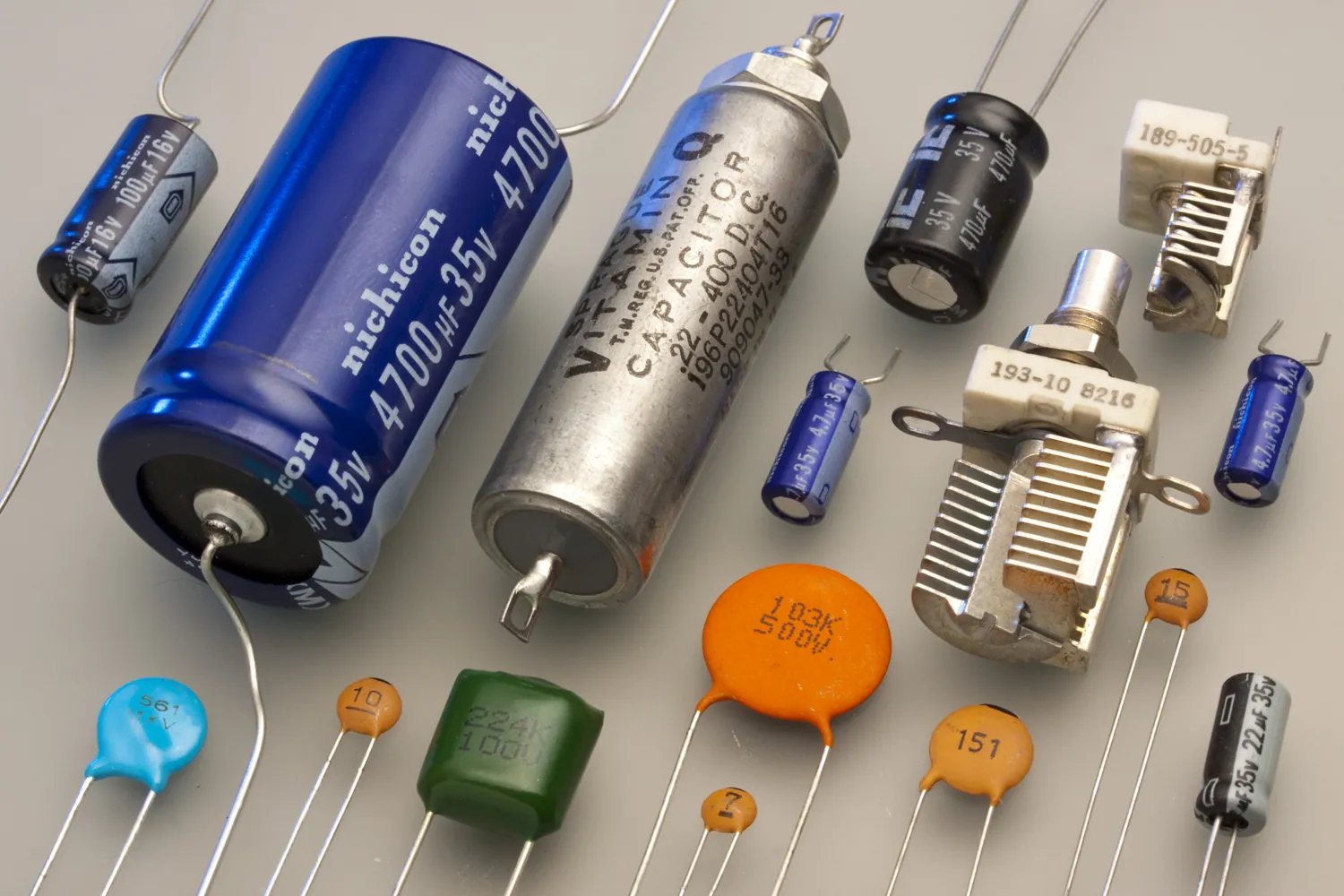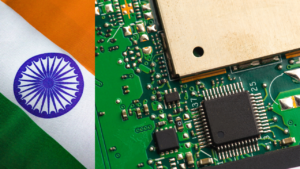Introduction
Combinational circuits, the unsung heroes of digital electronics, play a pivotal role in processing and manipulating binary information. They are the bedrock of countless electronic devices, ranging from calculators to powerful microprocessors. In this comprehensive guide, we will embark on a journey into the realm of combinational circuits, unraveling their inner workings, practical applications, and the advantages they offer over their active counterparts.
Explained: What Is Hardware Description Language (HDL) – techovedas
Understanding Combinational Circuits
Combinational circuits epitomize electronic marvels where outputs are exclusively determined by existing inputs. Devoid of memory or feedback elements, they flawlessly execute specific logic functions, seamlessly converting input data into meaningful output data. Their deterministic nature renders them indispensable for tasks demanding surgical precision in logical operations.
Essential Components of Combinational Circuits
- Logic Gates:
- At the core of combinational circuits lie logic gates, elemental constructs performing fundamental logical operations like AND, OR, NOT, and XOR. These gates synergize to craft intricate logic functions within the circuit.
- Multiplexers (MUX):
- Multiplexers emerge as the linchpin, capable of selecting a single output from an array of input data lines. Their operation hinges on control signals, steering data in the desired direction.
- Demultiplexers (DEMUX):
- In stark contrast, demultiplexers reverse this process, guiding a single input to one of many potential output lines based on control signals.
- Encoders and Decoders:
- Encoders trim down multiple input lines to a streamlined set of output lines, a boon for tasks requiring data compression or encoding. Conversely, decoders decode binary codes into a comprehensive set of output lines, instrumental in address decoding.
Mechanism of Combinational Circuits
Combinational circuits operate as crucial components in digital electronics, executing specific logic functions based solely on current inputs. They lack memory elements, ensuring their deterministic behavior and suitability for tasks necessitating precise logical operations.
Logic Gates and Input Processing:
At the heart of combinational circuits are logic gates, each performing unique logical operations. These gates process input signals, executing operations like AND, OR, NOT, and XOR.
Interconnected Logic:
Interconnected logic gates form a network that orchestrates complex logic functions. These connections guide the flow of information, determining how the outputs of one gate become inputs for another.
Output Determination:
As input signals pass through the interconnected gates, they undergo sequential logic operations, ultimately leading to the determination of the combinational circuit’s output.
Active Counterparts and Real-World Application:
In conjunction with combinational circuits, active counterparts play a vital role in translating logical operations into physical action. An exemplary real-world application is found in vending machines.
Transition and Output Activation:
When a user selects a product and inserts money, the combinational circuit processes this information. If the amount is sufficient, the active counterpart, in this case, the dispensing mechanism, is triggered.
Feedback and Deterministic Operation:
If the input is insufficient, a display communicates the remaining amount needed. This deterministic operation ensures that the output is solely based on the current inputs, devoid of reliance on past states.
Real-Time Processing and Benefits:
It operate in real-time, providing immediate responses. Their advantages include simplicity, predictability, lower power consumption, and the absence of feedback loops, making them indispensable in applications requiring rapid and reliable logical operations.
Follow us on Linkedin for everything around Semiconductors & AI
Real-World Applications of Combinational Circuits
- Digital Thermometer:
- A quintessential example can be found in digital thermometers. Input from a temperature sensor undergoes conversion, and combinational logic interprets the digital value for display on a seven-segment display.
- Traffic Light Controller:
- Traffic light controllers employ combinational circuits to process input from sensors, ensuring seamless traffic management by orchestrating the timing and sequencing of traffic signals.
- Vending Machines:
- Vending machines serve as a real-world stage for combinational circuits. They evaluate user input, determining if the provided funds are sufficient for product dispensing.
- Calculator Circuitry:
- Calculators extensively utilize combinational circuits for arithmetic operations, swiftly processing user input to generate accurate results in real-time.
Real life Example
Certainly! Here are five real-life examples of combinational circuits with their active counterparts, along with transition words for coherence:
- Digital Thermometer:
- Initially, a temperature sensor provides an analog signal, which is then converted by an Analog-to-Digital Converter (ADC). Subsequently, the combinational circuit processes the digital output to display the temperature on a seven-segment display. Finally, the active counterpart, the display driver, illuminates the appropriate segments.
- Traffic Light Controller:
- When sensors detect traffic in various directions, the combinational circuit evaluates the input signals. Subsequently, it triggers the active counterpart, the relay system, to control the timing and sequencing of traffic signals, ensuring smooth traffic flow.
- Vending Machine:
- As a user selects a product and inserts money, the combinational circuit processes this information. If the inserted amount meets the criteria, the dispensing mechanism, is activated, allowing the user to obtain the selected product.
- Calculator Circuitry:
- Upon receiving user input for arithmetic operations, the combinational circuit processes the data through logic gates. It then engages the active counterpart, the display, to exhibit the computed result, facilitating real-time calculations.
- Digital Alarm Clock:
- When the user sets the alarm time using buttons, the combinational circuit decodes the input. Subsequently, it triggers the active counterpart, the alarm sound generator, to produce the designated alarm sound at the set time, ensuring the user is promptly alerted.
These examples showcase the seamless collaboration between combinational circuits and their active counterparts in various practical applications.
Advantages of Combinational Circuits Over Sequential Circuits
- Swift Processing Speed:
- Combinational circuits excel in tasks requiring rapid data processing and response times, making them indispensable in microprocessors and calculators.
- Simplicity and Predictability:
- The absence of feedback loops renders it is easy to design, troubleshoot, and analyze. Their deterministic behavior guarantees reliable operation.
- Lower Power Consumption:
- Compared to sequential circuits, combinational circuits are generally more power-efficient, as they do not necessitate continuous powering of memory elements.
- No Dependency on Previous States:
- Combinational circuits operate solely based on the current inputs, devoid of reliance on past states, ensuring steadfast performance.
Conclusion
Combinational circuits stand as the backbone of digital electronics, enabling precision in logical operations on binary data. Their influence spans diverse industries, from the heart of microprocessors in computers to the visual prowess of display drivers in consumer electronics. Mastery of combinational circuits is quintessential for anyone navigating the realm of electronic engineering and digital design, unveiling a world of limitless possibilities.







